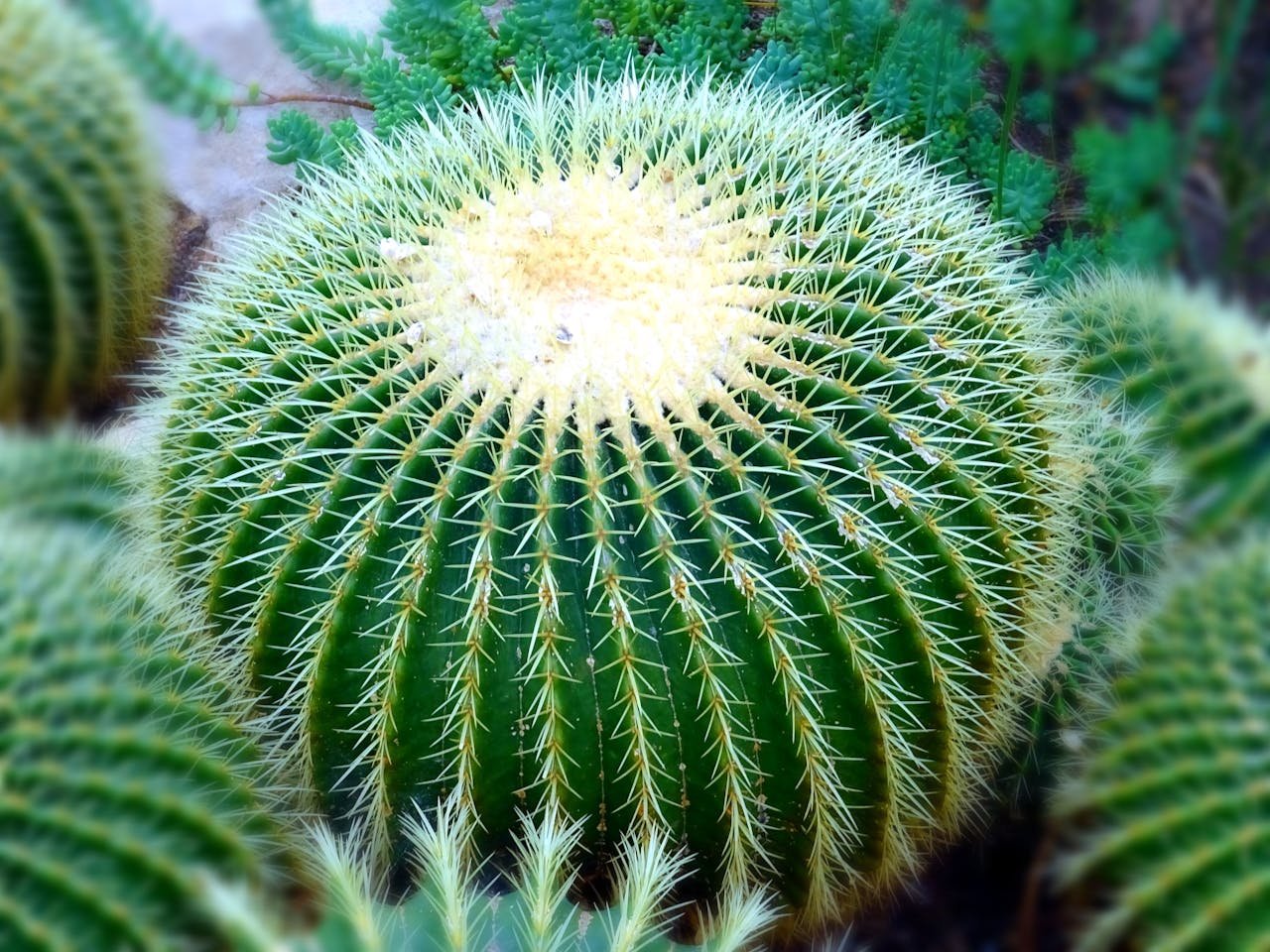Caring for cacti in humid regions might sound like a contradiction, especially when we often associate these hardy plants with sun-scorched deserts and dry, arid lands. But surprisingly, with the right care techniques and plant choices, cactus care in humid regions is not only possible—it can also be rewarding and lush.
Whether you live in a tropical climate or experience muggy summers, understanding how to adjust your approach to cactus care can make all the difference.
Unlike succulents that thrive in consistently dry conditions, many cacti struggle when exposed to excessive moisture. Root rot, fungal infections, and stunted growth are common concerns when humidity gets too high.
But don’t worry—there are cactus varieties that tolerate humidity, and with just a few changes in your routine, your spiny friends can flourish even in the stickiest environments.
In this guide, we’ll walk through the best cactus species for moist climates, how to adjust watering schedules, the ideal soil mix for humid weather, and solutions to common problems.
If you’ve been wondering how to care for cacti in a place where it rains more than it shines—this is the guide for you.
Understanding the Challenge
Why Humidity Poses a Challenge for Cacti
Cacti are naturally adapted to arid and semi-arid environments where water is scarce, temperatures are high, and air circulation is excellent. Their root systems are designed to soak up water quickly after rare rainfalls and then sit dry for long periods.
But in humid regions, the air is already saturated with moisture, which makes it hard for water to evaporate from the soil and plant tissues.
This leads to excess moisture retention—a key factor that increases the risk of root rot, fungal issues, and bacterial infections.
Moreover, in a humid environment, airflow may be limited indoors, especially if you’re growing cacti on windowsills or in corners. Without adequate air circulation, cacti can become soft, discolored, or begin to rot from the base up.
That’s why proper ventilation and soil drainage are crucial in moist climates.
Best Cactus Varieties for Humid Climates
If you’re living in a humid region and still want to enjoy the beauty of cacti, choosing the right varieties is your first smart step. While not all cacti are well-suited for these conditions, there are a few tough contenders that can handle humidity better than others.
1. Epiphyllum (Orchid Cactus)
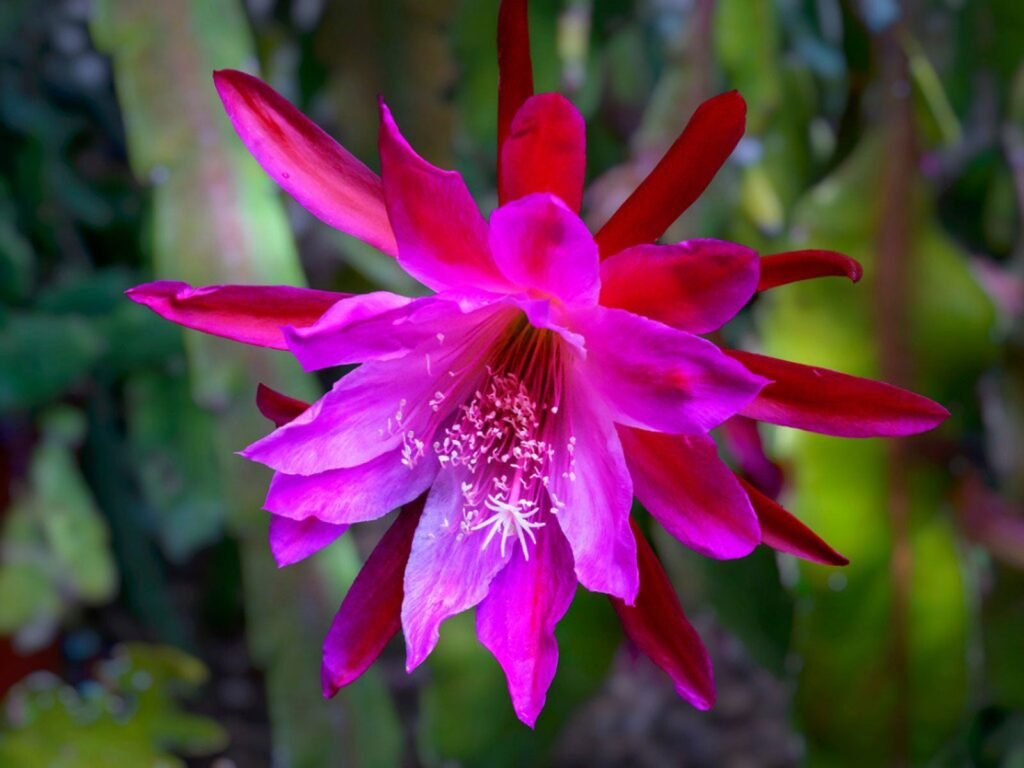
Unlike desert cacti, the Epiphyllum is a tropical cactus native to rainforests where it naturally grows in humidity. These cacti are often grown for their gorgeous, large flowers and trailing stems.
They’re epiphytic, which means they grow on other plants and benefit from airflow, making them less prone to rot in moist environments.
2. Rhipsalis (Mistletoe Cactus)
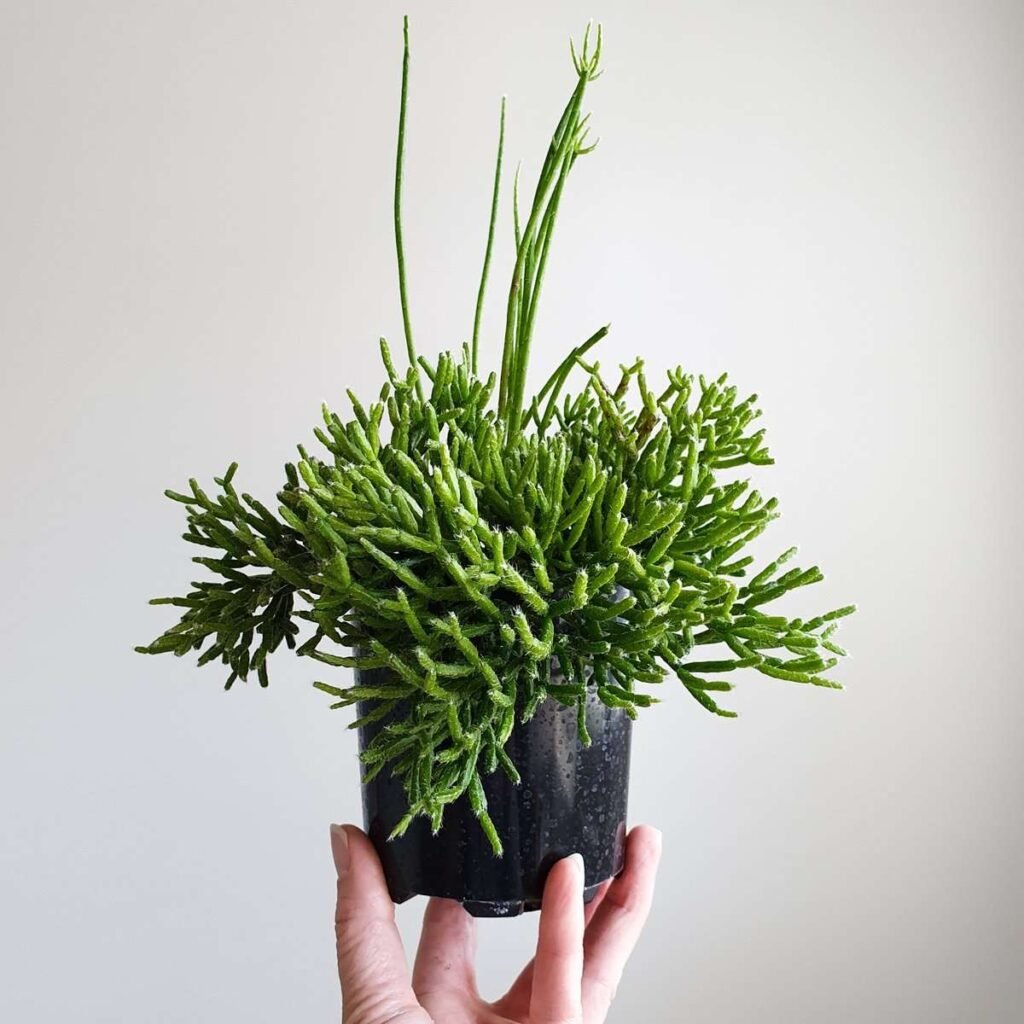
Rhipsalis is another humidity-loving cactus that hails from tropical forests. It’s ideal for indoor spaces and thrives in hanging planters.
With its long, trailing stems and minimal spines, it adapts well to the indoor conditions of most humid homes.
3. Schlumbergera (Christmas Cactus)
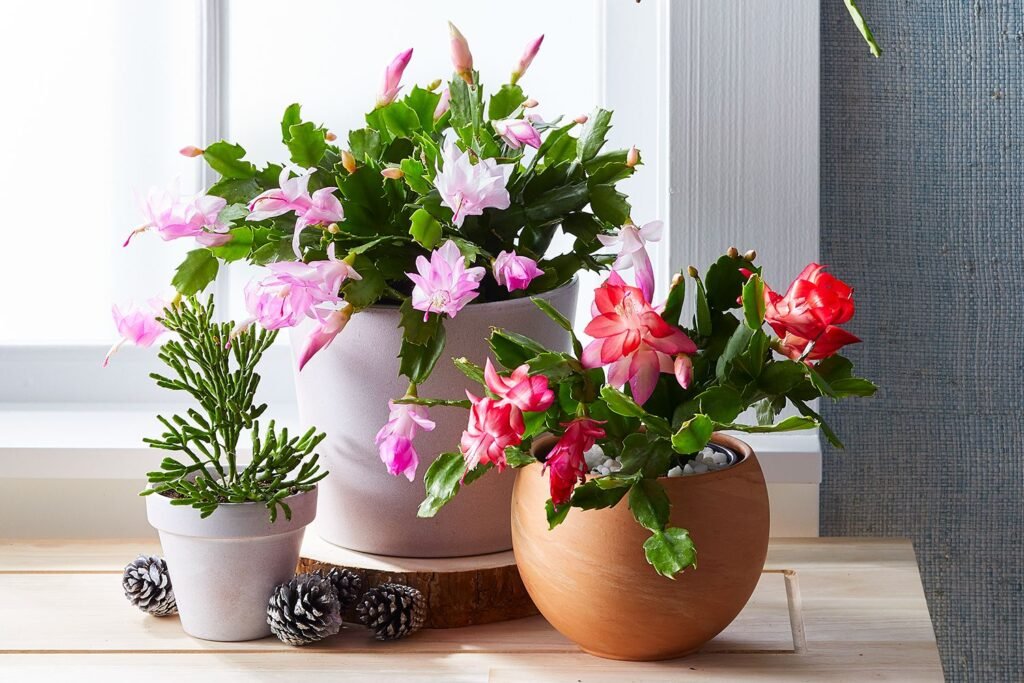
Popular around the holiday season, Schlumbergera is a great fit for tropical or humid climates. It’s a forest cactus, not a desert one, and actually enjoys a bit of humidity when paired with proper drainage and filtered light.
4. Hatiora (Easter Cactus)
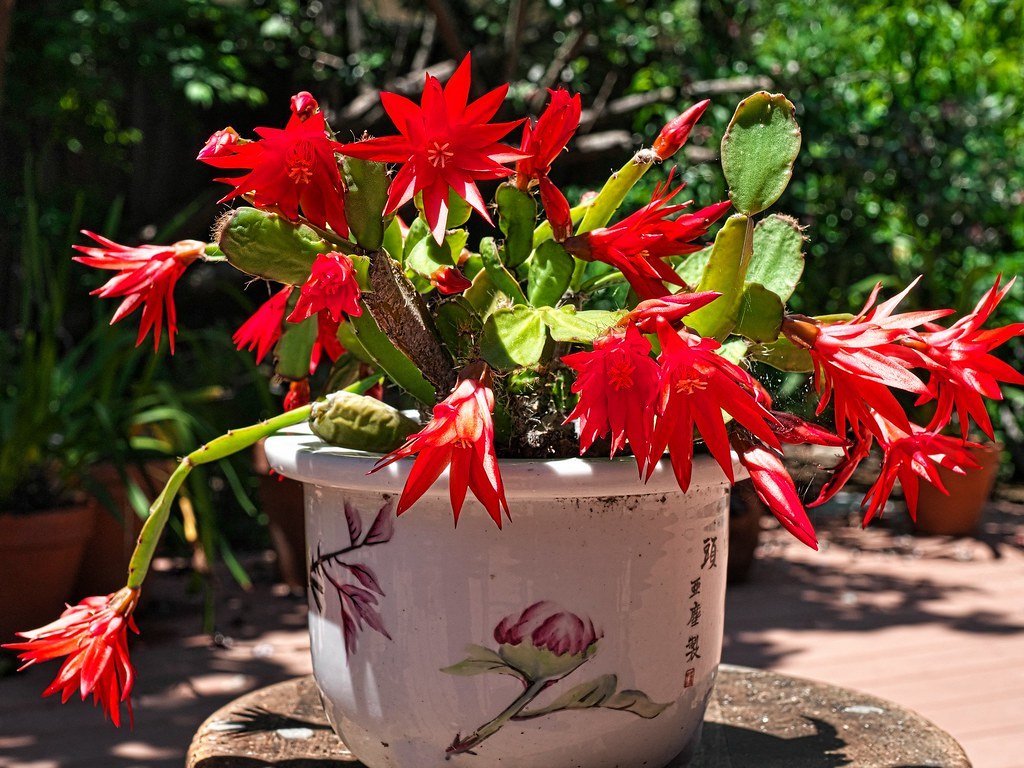
Closely related to the Christmas cactus, the Hatiora also comes from tropical regions. It does well in areas with high humidity, provided it’s not overwatered.
The vibrant spring blooms add a cheerful burst of color to any room.
5. Disocactus (Nopalxochia)

Disocactus species (including the famous ‘Queen of the Night’) are tropical cacti made for cozy homes. Unlike their desert cousins, they crave humidity and dappled light – making them perfect for bright bathrooms or kitchens.
Why plant lovers adore them:
- Thrives in hanging pots → Their trailing stems spill beautifully over baskets, saving shelf space.
- Loves humid air → No desert vibes here! Mist occasionally or pop near a shower window.
- Night-blooming magic → Wait for those jaw-dropping, fragrant flowers that open after dark (vanilla-meets-jasmine scent!).
6. Pereskia
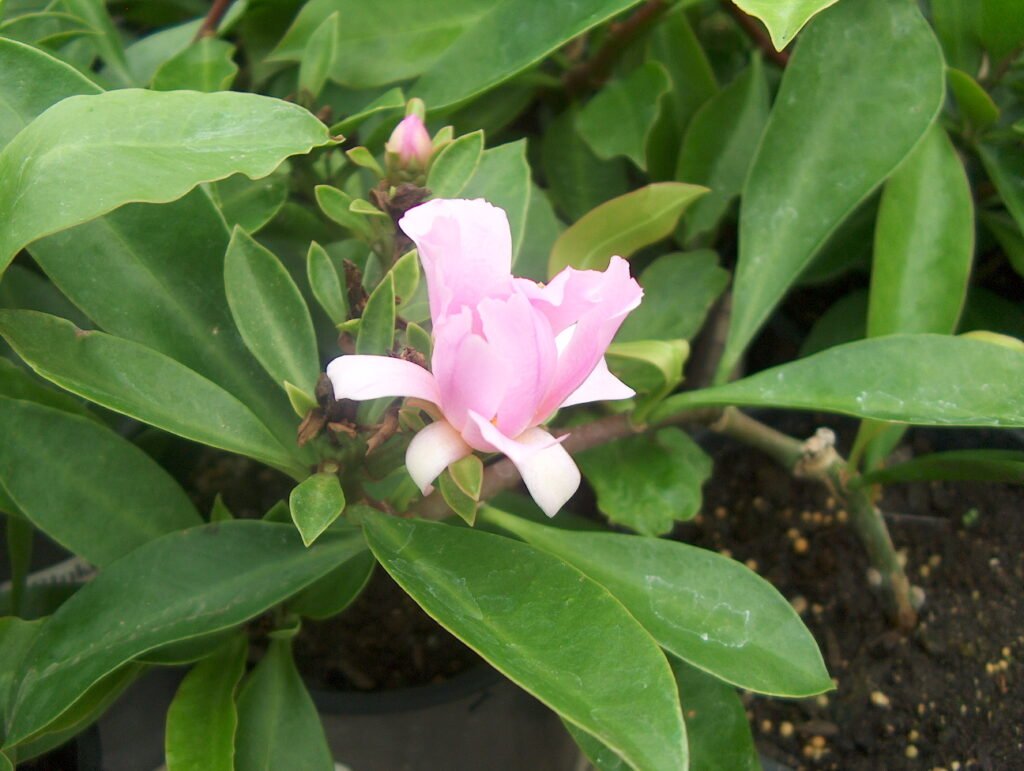
This one’s a bit unusual—it’s one of the only cactus species that looks more like a regular shrub with leafy growth.
Pereskia is native to tropical areas and is more tolerant of moisture than most true cacti.
What Makes These Cacti Suitable?
These cactus species are either tropical or epiphytic in nature, which means they’re more adapted to environments where moisture levels are high. They don’t store water in the same extreme way desert cacti do, and their root systems are more accustomed to damp surroundings—as long as they still get good drainage and airflow.
Setting Up the Right Environment Indoors and Outdoors
Creating Ideal Conditions Indoors
Caring for cacti indoors in a humid climate isn’t impossible—it just requires thoughtful setup. The key lies in mimicking the natural conditions these plants enjoy, with some clever adjustments to combat excess moisture.
Use the Right Containers
Opt for pots that promote airflow. Terracotta and unglazed clay pots are ideal, as they allow the soil to breathe and wick away excess moisture. Avoid plastic containers in humid regions—they trap moisture and reduce airflow around the roots.
Ensure Excellent Drainage
Regardless of the pot you choose, make sure it has at least one large drainage hole. This is non-negotiable. In humid regions, water evaporates more slowly, so drainage becomes your strongest ally against root rot.
Control Indoor Humidity
Place your cactus near open windows, fans, or dehumidifiers to reduce stagnant air. Humidifiers are popular in dry climates, but in yours, you may need to do the opposite. If your bathroom or kitchen is naturally humid, avoid placing cacti there unless they are tropical types.
Place Them in Bright, Indirect Light
Many humidity-tolerant cacti do well in filtered sunlight or bright indirect light. South- or east-facing windows are great options. Direct sun combined with humidity can lead to stress and yellowing, so balance is key.
Setting Up Cactus Spaces Outdoors
If you’re growing cacti outdoors, proper setup becomes even more important in humid regions with heavy rainfall or monsoon seasons.
Elevated or Sloped Planting Beds
Instead of planting directly in flat ground, create slightly raised beds using porous, well-draining soil. Elevated beds help water run off more easily and prevent soggy roots.
Use Sandy or Gritty Soil Mix
Your outdoor cactus bed should mimic desert terrain with a sandy, gritty texture. Mix in coarse sand, pumice, or perlite with garden soil to allow moisture to escape quickly. Avoid heavy clay soils at all costs.
Protect from Excess Rain
During monsoon or rainy periods, consider using clear plastic covers or pergolas to shield your cactus area. While they still receive light, they’ll avoid being overwhelmed by water.
Provide Airflow and Space
Don’t crowd your outdoor cacti together. Give them breathing room so air can circulate between plants. Airflow is nature’s way of preventing fungal outbreaks, especially in a sticky, damp climate.
Shade Cloths for Harsh Sun
In very hot, humid areas, too much sun can actually damage some cacti—especially the tropical types. Use shade cloths or partial overhead cover to filter sunlight and protect them from sunburn.
Common Humidity-Related Issues and Prevention Tips
Root Rot: The Silent Killer
Root rot is one of the most common problems for cacti in humid environments. It’s typically caused by excessive moisture around the roots, poor air circulation, or heavy, compacted soil.
How to Identify It:
Soft, mushy stems, yellowing at the base, or a foul smell near the soil are clear signs. If you remove the plant and notice black, slimy roots, immediate action is needed.
Prevention:
- Use gritty, fast-draining soil.
- Ensure the pot has proper drainage holes.
- Water only when the soil is completely dry.
- Avoid overcrowding pots or placing them in dark, stagnant areas.
Mold and Mildew
High humidity paired with low airflow creates the perfect environment for powdery mildew, sooty mold, and fungal growth on cactus skin or nearby surfaces.
Prevention and Care Tips:
- Increase airflow with fans or open windows when possible.
- Keep your cacti away from walls or other plants that block air movement.
- If mold appears, treat it with a diluted neem oil solution or natural antifungal spray like baking soda and water.
- Avoid spraying water directly onto cactus pads.
Pest Infestations
Humid conditions can also attract pests like mealybugs, spider mites, and fungus gnats—especially when the soil stays moist.
What to Watch For:
- Cottony clusters (mealybugs)
- Fine webbing (spider mites)
- Tiny black flies hovering over soil (fungus gnats)
Solutions:
- Let soil dry out completely between waterings.
- Use yellow sticky traps for gnats.
- Apply insecticidal soap or neem oil for visible pests.
- Quarantine infected plants to prevent spreading.
Etiolation from Low Light
While not directly humidity-related, low indoor light often goes hand-in-hand with humid climates, especially in rainy or tropical zones.
Symptoms:
Stretched-out growth, pale or floppy stems, and weak structure.
Fix It:
Move your cactus to a brighter location—preferably a south- or west-facing window. If natural light is limited, consider using a grow light for 6–8 hours daily.
Fungal Spots and Bacterial Infections
These are more likely to appear on skin that’s been kept wet for too long—especially if there’s poor air circulation.
Preventative Tips:
- Avoid overhead watering.
- Always water at the base of the plant.
- Keep leaves and pads dry.
- Wipe affected areas with a 70% isopropyl alcohol solution to prevent spreading.
Eco-Friendly and Pet-Safe Cactus Care Tips for Humid Climates
Sustainable gardening is more important than ever, and cactus lovers in humid regions can easily adopt eco-conscious practices without sacrificing plant health. If you share your home with pets, you’ll also want to make sure your cactus setup is safe for curious paws and snouts.
Use Organic Soil Mixes
Choose organic, peat-free cactus soil with excellent drainage and natural aeration. These mixes often contain ingredients like:
- Coconut coir (a renewable alternative to peat)
- Perlite or pumice for airflow
- Compost or worm castings for nutrients
Avoid chemical-based fertilizers, which can leach into your home’s environment, especially when excess moisture is present due to humidity.
Water with Rainwater or Filtered Water
In humid regions, excess minerals in tap water can build up in soil and lead to root stress. Rainwater (collected sustainably) or filtered water is a better alternative, especially for sensitive species like Schlumbergera or Epiphyllum.
Pro tip: Let water sit overnight to release chlorine before using it on your cacti.
Choose Safe, Natural Pest Repellents
Humidity invites pests like fungus gnats and mealybugs. Rather than reaching for chemical insecticides, opt for:
- Neem oil spray (safe for pets when dry)
- Soap and water solution (mild and effective)
- Diatomaceous earth sprinkled on soil (natural pest deterrent)
Always check labels to ensure the product is safe for indoor use around pets.
Avoid Synthetic Moss and Decor
Some humid-region cactus lovers decorate their containers with moss, rocks, or artificial toppings. These can trap moisture, leading to fungal growth. Instead, use natural gravel, sand, or wood chips that dry quickly and allow the soil to breathe.
Pet-Safe Cactus Choices
Although many cacti are technically non-toxic, their spines can still pose a danger to cats, dogs, and children. Opt for safer, spine-free varieties like:
- Rhipsalis (Mistletoe cactus)
- Hatiora (Easter cactus)
- Schlumbergera (Christmas cactus)
- Epiphyllum (Orchid cactus)
These species are soft-stemmed, non-toxic to most pets (according to the ASPCA), and thrive in humidity.
Eco-Friendly Potting Tips
Choose biodegradable or recycled pots like bamboo fiber planters or reused ceramic containers. This reduces plastic waste and helps align your gardening hobby with sustainability goals.
Also, consider upcycling old jars, mugs, or bowls into stylish cactus homes—just make sure you add a breathable liner or drainage layer for healthy roots.
Compost Trimmings and Old Soil
Any trimmings, dead leaves, or spent cactus soil can be composted. Just ensure the material is free of pests or disease before adding it to your compost pile or bin.
FAQs:
Can cacti really survive in humid climates?
Yes! While most cacti are adapted to dry environments, many tropical varieties—like Rhipsalis, Schlumbergera, and Epiphyllum—thrive in humidity. The key is choosing the right species and adjusting your care routine to prevent excess moisture buildup in soil.
How often should I water my cactus in a humid area?
Less often than you think. Even in humid regions, the soil should be allowed to dry completely before watering again. In some cases, this might mean watering only once every 2–4 weeks. Always check the soil before watering.
Why is my cactus turning yellow or mushy?
These are common signs of overwatering or poor airflow. Make sure your cactus is in a breathable pot with proper drainage (or a well-aerated mix if no drainage hole exists) and positioned where air can circulate freely.
Can I use a humidifier in the same room as my cacti?
It depends. Desert species may suffer if humidity rises too much. However, jungle cacti like Christmas cactus or Orchid cactus are more forgiving and might even benefit from occasional humidity boosts—just avoid overdoing it.
Are there any humidity-tolerant cacti that are also pet-safe?
Absolutely. Rhipsalis, Hatiora, and Schlumbergera are all considered non-toxic to cats and dogs by the ASPCA, and they also thrive in higher humidity levels—making them ideal indoor choices for pet lovers.
Final Thoughts
Caring for cacti in humid regions may come with a few extra challenges, but it’s far from impossible. In fact, with a little care and the right selection of species, your cactus collection can thrive beautifully—even when the air is thick with moisture.
Choose the right varieties. Use breathable containers and well-draining soil. Adjust your watering routine, focus on good air circulation, and take a proactive approach to pests and fungi.
Above all, stay curious and observant. Cactus care in humidity is more art than science, and each plant will show you what it needs if you’re paying attention.
So whether you’re living in a tropical zone, by the coast, or in a region with rainy seasons, you can enjoy the joy and charm of cactus gardening.
With patience and mindful care, even the most humidity-sensitive succulents can flourish—and so can your confidence as a plant parent.
